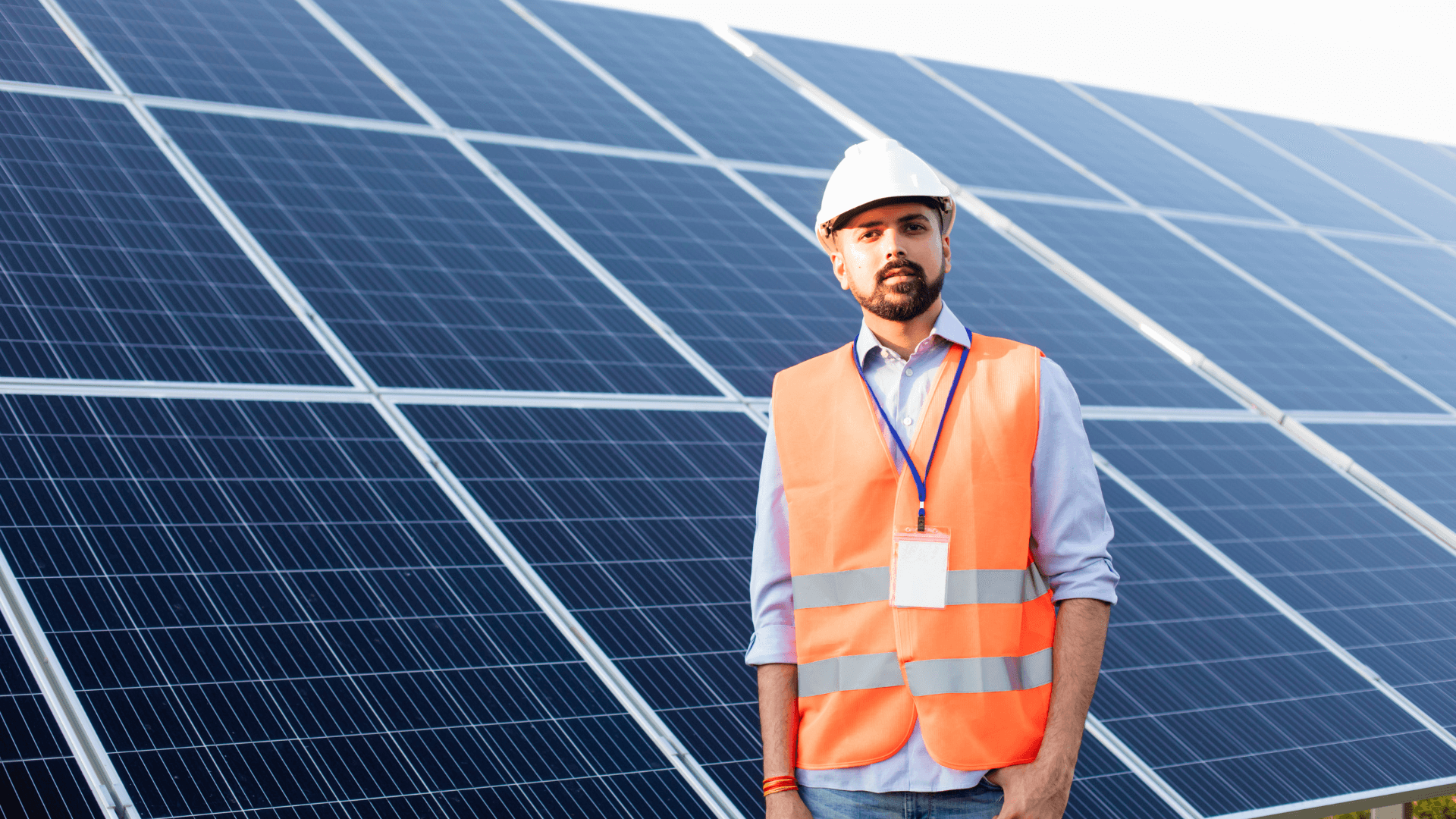India’s solar energy potential is enormous. Around 5,000 trillion kWh of energy is incident annually over India’s land area, with most places receiving 4-7 kWh per Sq. m per day.
India has set an ambitious goal of 450 GW of renewable energy capacity by 2030. The Indian government is putting a strong emphasis on expanding the renewable energy market.
The solar energy market in India is divided into four main segments.
1. The Utility Scale Market in India is the largest. Solar electricity generated at utility scale is sold to power distribution companies. These are usually major projects with capacities ranging from 50 to 500 megawatts.
2. Open Access Procurement for Corporate Procurement. Private developers often sign up 10–15-year contracts for these projects, which range in size from 1 to 50 megawatts.
3. Market for Solar Panels on Rooftops Residential, commercial, and industrial rooftop solar markets exist in India. In India, commercial and industrial customers pay a higher power tariff from making rooftop solar systems profitable.
4. Procurement of solar energy based on policy to boost farmer incomes, the government recently implemented the “Kusum” agricultural strategy, in which farmers use solar power to operate their water pumps.
Solar energy also has tremendous environmental benefits, making it the single most important driver in our fight against climate change in terms of reducing our carbon footprint. Because India’s economy is developing, power consumption will only increase, so adopting alternative energy sources is the best way to proceed further in your career.




